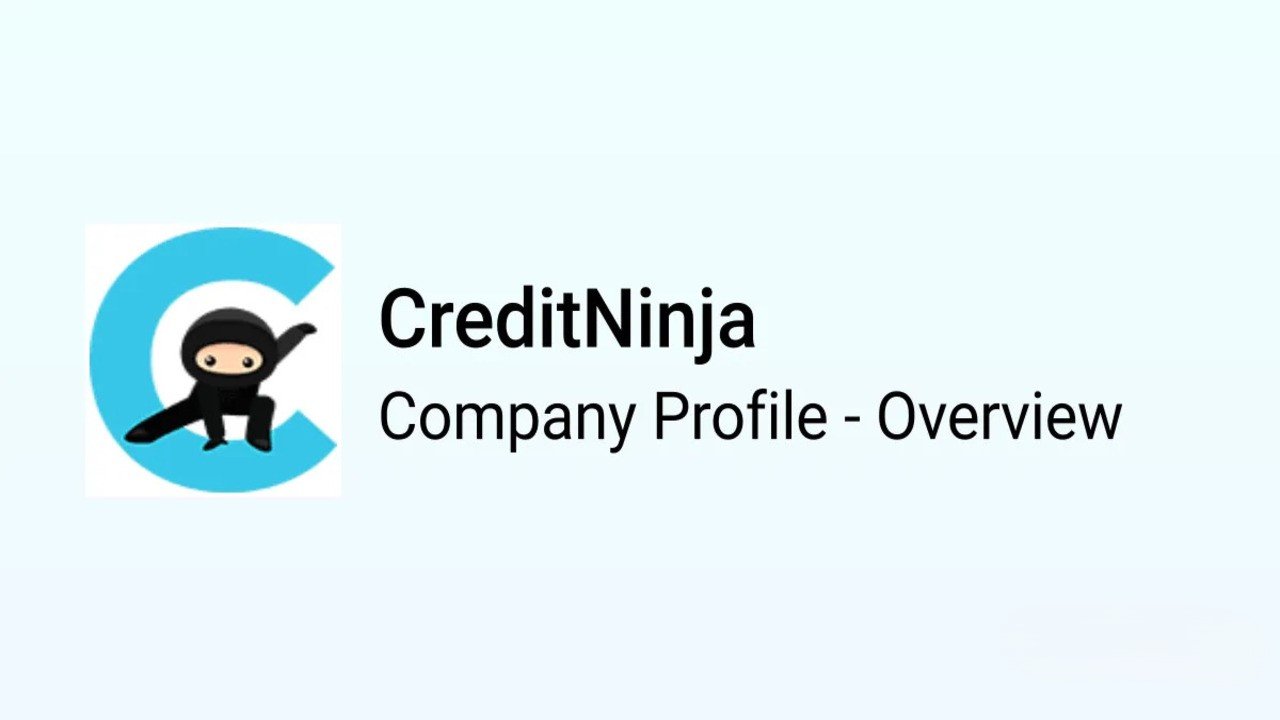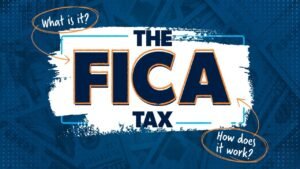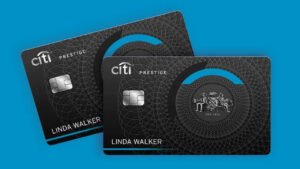Credit and Loans in 2025 Navigating Borrowing in a Modern Financial World
Credit and loans remain pivotal tools for achieving financial goals, from buying a home to funding education or managing unexpected expenses. With U.S. household debt reaching $17.8 trillion, driven by mortgages, student loans, and credit card balances, understanding how to use credit wisely is more critical than ever.
Thank you for reading this post, don't forget to subscribe!The financial landscape, shaped by stabilizing interest rates, technological advancements, and evolving regulations, offers both opportunities and challenges. This article explores the state of credit and loans in 2025, providing actionable strategies to build credit, secure favorable loan terms, and avoid debt traps.
By leveraging modern tools and timeless principles, individuals can navigate borrowing effectively to support their financial aspirations.
The Financial Landscape of 2025
The economy in 2025 is marked by resilience and complexity. Interest rates have stabilized at 4-5% for most loans, reflecting a post-inflation adjustment, but they impact borrowing costs significantly.
The gig economy, now encompassing 40% of U.S. workers, per 2025 labor statistics, creates irregular income streams, complicating loan eligibility.
Housing costs have risen, with median home prices at $450,000, driving demand for mortgages. Meanwhile, climate-related expenses, such as 25% higher insurance premiums in high-risk areas, strain budgets.
Technology is transforming credit and lending. AI-driven platforms like Upstart assess creditworthiness beyond traditional scores, while blockchain-based lending in decentralized finance (DeFi) offers alternatives to conventional loans.
Regulatory scrutiny, especially on cryptocurrencies and fintech, demands careful navigation. Against this backdrop, understanding credit and loans is essential for Financial stability.
Understanding Credit in 2025
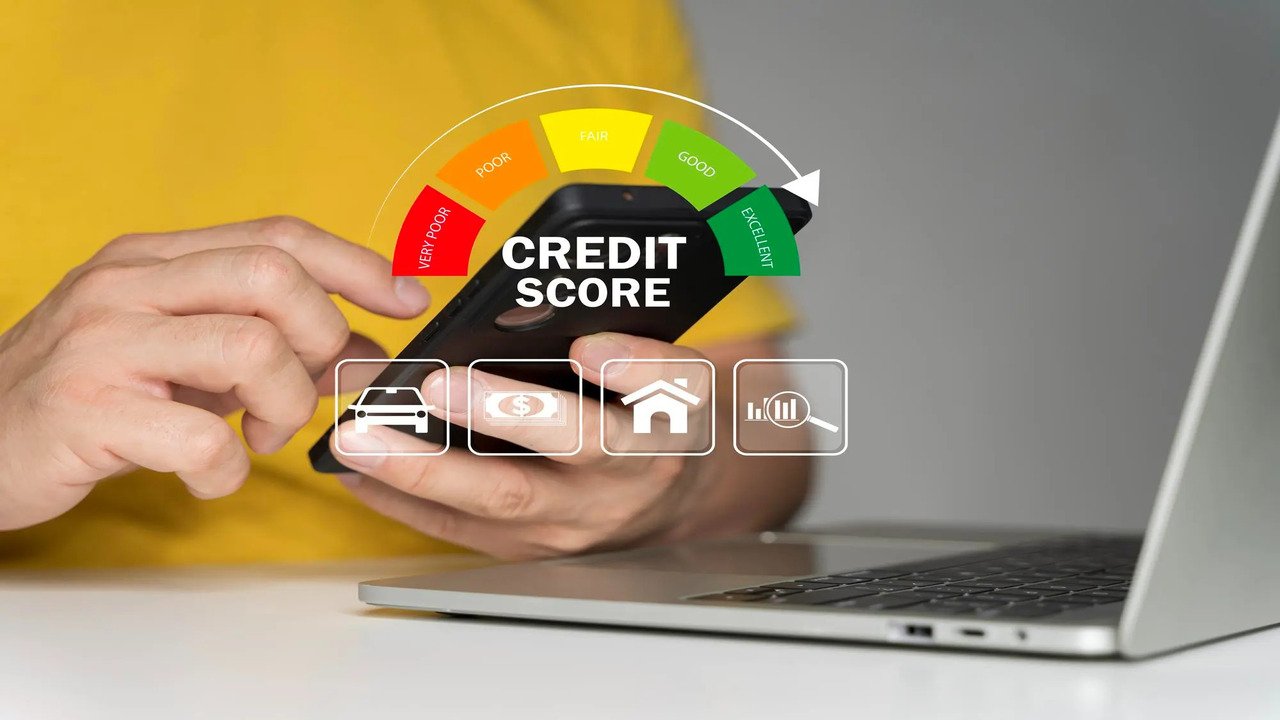
Credit is your financial reputation, determining your ability to borrow and the terms you’ll receive. In 2025, credit scores, primarily FICO (ranging from 300-850), remain the gold standard, though alternative models are gaining traction.
Key Components of Credit
-
Payment History (35%): Timely payments on loans and credit cards are critical. Late payments can drop your score by 50-100 points.
-
Credit Utilization (30%): Keep your credit card balance below 30% of your limit. For a $10,000 limit, aim for under $3,000.
-
Length of Credit History (15%): Longer histories boost scores, so avoid closing old accounts.
-
Credit Mix (10%): A mix of credit cards, mortgages, and auto loans shows versatility.
-
New Credit (10%): Too many applications in a short period can lower your score.
The average FICO score in 2025 is 704, per Experian, but 20% of Americans still fall below 600, limiting access to favorable loans.
Building and Maintaining Credit
-
Monitor Your Credit: Use free tools like Credit Karma or Experian’s app to track your score and spot errors. In 2025, 30% of credit reports contain inaccuracies, per the CFPB.
-
Pay On Time: Set up autopay for at least minimum payments to avoid late fees, which average $34 per missed payment.
-
Lower Utilization: Pay down credit card balances aggressively. For example, reducing a $5,000 balance to $1,500 on a $10,000 limit can boost your score by 20 points.
-
Use Secured Cards: For those with poor credit, secured cards from Discover or Capital One, requiring a $200-$500 deposit, rebuild scores within 6-12 months.
-
Leverage Alternative Data: Fintech platforms like Chime report rent and utility payments to bureaus, boosting scores for 15% of users, per 2025 data.
Types of Loans in 2025

Loans come in various forms, each suited to specific needs. Here’s a breakdown of the most common types and their roles in 2025:
1. Mortgages
Mortgages dominate household debt, with $12 trillion outstanding in the U.S. Average 30-year fixed rates are 4.5%, per Freddie Mac, making homeownership more expensive but stable.
-
Key Features: Fixed-rate mortgages offer predictability, while adjustable-rate mortgages (ARMs) start lower (around 3.8%) but risk rising rates.
-
Strategy: Shop around using platforms like Credible, which compare rates from multiple lenders. A 0.5% rate difference on a $300,000 loan saves $30,000 over 30 years.
-
Trends: Tokenized real estate loans on blockchain platforms allow fractional ownership, reducing down payment barriers.
2. Student Loans
Student debt totals $1.8 trillion, with 45 million borrowers. Federal loans offer income-driven repayment plans, while private loans from SoFi or Earnest have rates as low as 4% for strong credit.
-
Strategy: Explore forgiveness programs, expanded in 2025 for public sector workers, covering 10% of borrowers. Refinance private loans to lower rates, saving $200 monthly on a $50,000 balance.
-
Trends: AI platforms like Edly assess future earning potential, offering income-share agreements as alternatives to traditional loans.
3. Auto Loans
With car prices averaging $40,000, auto loans are common, with rates at 5-6% for 60-month terms.
-
Strategy: Pre-qualify through banks or credit unions for better rates than dealerships. A $30,000 loan at 5% costs $5,600 in interest over five years, versus $7,200 at 7%.
-
Trends: Electric vehicle (EV) loans offer tax credits up to $7,500, per the IRS, incentivizing green purchases.
4. Personal Loans
Unsecured Personal loans, with rates of 6-12%, fund emergencies or debt consolidation. Fintech lenders like Upstart use AI to approve loans for non-traditional borrowers.
-
Strategy: Use for high-interest debt consolidation. A $10,000 loan at 8% saves $1,000 annually compared to 18% credit card interest.
-
Trends: DeFi platforms like Aave offer crypto-backed loans with 5-10% rates, but require digital asset collateral.
5. Credit Cards
Credit card debt is $1.1 trillion, with average APRs at 20%. Rewards cards offer 2-5% cashback, but high rates penalize balances.
-
Strategy: Pay balances in full monthly. Use apps like Tally to consolidate high-rate debt into lower-rate loans.
-
Trends: Crypto-linked cards from BlockFi reward in Bitcoin, appealing to 10% of cardholders, per 2025 surveys.
Strategies for Managing Credit and Loans
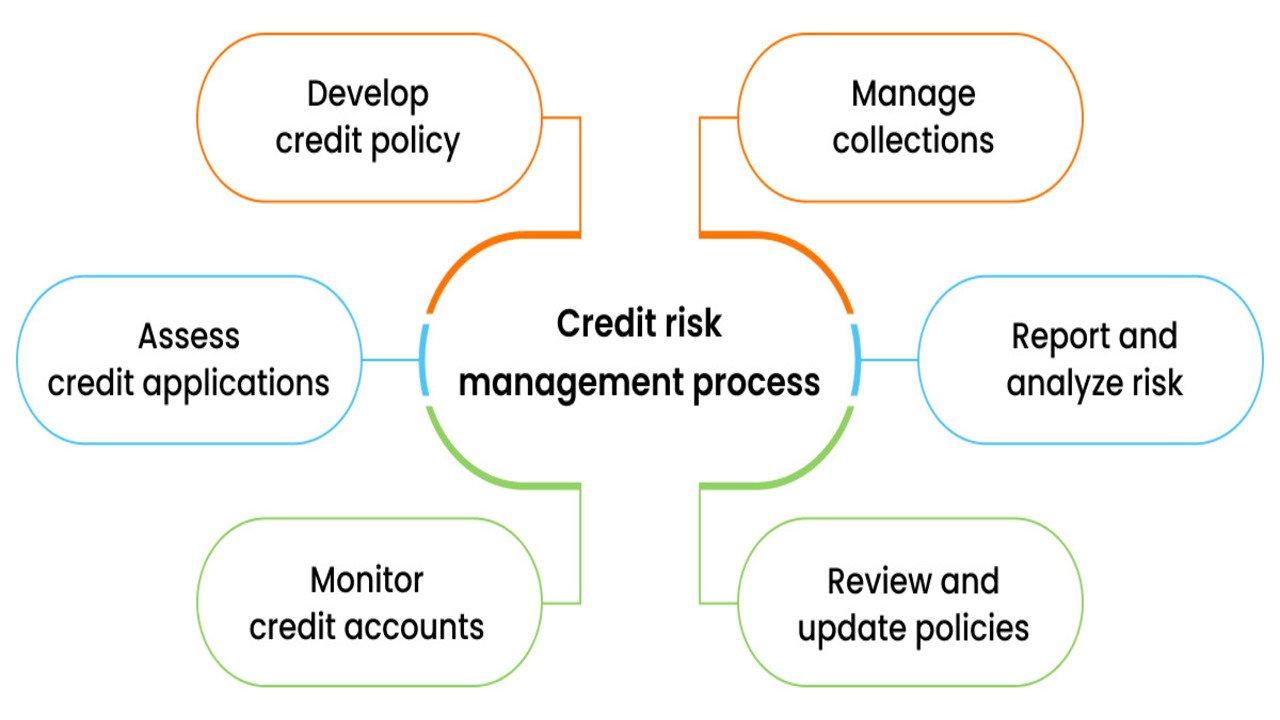
1. Prioritize High-Interest Debt
Use the avalanche method to pay off high-interest loans first (e.g., 18% credit cards over 4% mortgages). For a $10,000 credit card at 18%, paying an extra $200 monthly saves $3,500 in interest over three years.
2. Refinance Strategically
With rates at 4-5%, refinancing mortgages or student loans can lower payments. For example, refinancing a $200,000 mortgage from 6% to 4.5% saves $150 monthly. Use platforms like SoFi for quick comparisons.
3. Consolidate Debt
Apps like Tally or Payoff consolidate multiple credit card balances into one loan with rates as low as 6%, saving $1,200 annually on a $15,000 balance.
4. Negotiate Terms
Lenders are more flexible in 2025 due to competition. Call your credit card issuer to request a lower APR—40% of requests succeed, per LendingTree, reducing rates by 2-3 points.
5. Build an Emergency Fund
Save 3-6 months of expenses ($15,000-$30,000) in a high-yield account at 4.5% interest to avoid relying on high-interest loans for emergencies. Ally or Marcus offer top rates.
Technology and Tools for Credit and Loans
Technology streamlines borrowing in 2025:
-
Credit Monitoring: Credit Karma and Experian provide real-time score updates and fraud alerts, critical with $10 billion in fraud losses in 2024, per the FTC.
-
Loan Comparison: Credible and LendingTree aggregate offers from banks, credit unions, and fintechs, saving hours of research.
-
AI Underwriting: Platforms like Upstart use AI to assess creditworthiness based on education, job history, and even social media, approving 20% more borrowers than traditional models.
-
DeFi Lending: Aave and Compound offer loans against crypto collateral, with rates of 5-10%, but require technical savvy and risk awareness.
Follow discussions on X for real-time insights on lenders or scams, but verify with sources like the CFPB or NerdWallet.
Avoiding Debt Traps and Scams
Scams are sophisticated, with AI-generated deepfake calls and phishing emails targeting borrowers. Protect yourself by:
-
Using Two-Factor Authentication: Secure bank and loan accounts.
-
Vetting Lenders: Check reviews on the Better Business Bureau or X for red flags.
-
Avoiding Predatory Loans: Payday loans, with APRs up to 400%, trap 12 million Americans annually, per the CFPB. Opt for personal loans from reputable fintechs instead.
Report suspected scams to the FTC or your lender immediately.
Credit and Loans for the Gig Economy
Gig workers, earning $1,200 monthly on average, face unique challenges:
-
Prove Income: Use apps like QuickBooks to document earnings for loan applications.
-
Build Credit: Report gig-related expenses (e.g., internet, equipment) to bureaus via Experian Boost.
-
Access Micro-Loans: Platforms like Kiva offer low-rate loans for freelancers, starting at $500.
Ethical and Sustainable Borrowing
In 2025, 60% of borrowers prioritize ethical lenders, per Deloitte. Banks like Aspiration avoid fossil fuel investments, while green loans for EVs or solar panels offer tax incentives. Use apps like GoodOnYou to choose lenders aligned with sustainability.
Planning for the Future
Credit and loans support long-term goals:
-
Homeownership: Save for a 10-20% down payment ($45,000-$90,000 for a $450,000 home) to secure better rates.
-
Education: Use 529 plans alongside student loans to fund college, leveraging tax-free growth.
-
Retirement: Avoid borrowing against 401(k)s, as it reduces long-term growth. A $10,000 loan at age 35 could cost $50,000 in retirement savings at 7% return.
The Future of Credit and Loans
By 2030, AI may dominate underwriting, approving loans in seconds, while blockchain could make DeFi lending mainstream. Climate risks will raise borrowing costs in vulnerable areas, demanding larger emergency funds. Stay ahead by:
-
Adopting Tech: Use AI tools for loan comparisons and credit monitoring.
-
Upskilling: Learn about DeFi or green finance via Coursera to access new borrowing options.
-
Staying Informed: Follow X for lending trends, verifying with primary sources.
Conclusion
Credit and loans in 2025 are powerful tools when used wisely. By building strong credit, choosing the right loans, leveraging technology, and avoiding scams, you can achieve financial goals without falling into debt traps.
Whether funding a home, education, or emergency, strategic borrowing enhances stability. Start by monitoring your credit, prioritizing high-interest debt, and exploring modern platforms to secure the best terms.
With discipline and knowledge, you can navigate the complex world of credit and loans to build a brighter financial future.

